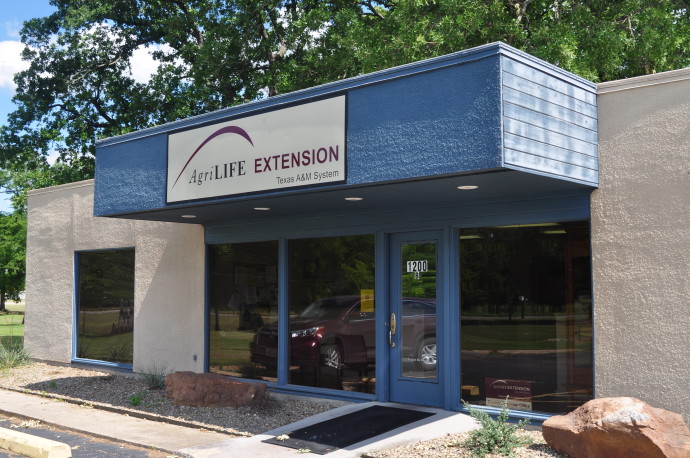
Kyllingas (Kyllinga spp.) belong to the sedge family (Cyperaceae) and at first glance can look like grasses, especially in mowed turf. However, closer inspection reveals that their stem, floral, and vegetative charac- teristics are quite different from grasses. Unlike grasses, they have pith-filled triangular stems and three-ranked leaves. The leaf blades of sedges appear waxy and have a v-shaped groove.
The sedge family (Cyperaceae) is one of the largest families of monocots in Texas and con- tains hundreds of different species. Kyllinga plants are commonly found in plant beds, ditch banks, and low-lying wet areas. Kyllingas are typically much smaller and more able to persist in turf mowed to 1 inch or less. It can be a mat-forming perennial that crowds out desirable turf in mowed settings. Kyllingas can also be distinguished by their roundish, congested seedheads.
Sedges often indicate chronically excessive soil moisture, which should always be addressed as part of an overall treatment program. Kyllinga species are generally the most difficult sedge to control. Removing sedges by hand is effective if you take care to remove all underground tubers and rhizomes. Adequate soil moisture will make tuber removal easier, especially in heavy clay soils.
Selective herbicide options: There are several herbicides available that can control kyllinga effectively. For herbicides to control weeds adequately and not injure the desirable turfgrass they must be applied to healthy, actively growing turfgrass at the rate indicated on the label. Always read the product label for application requirements and conditions. Halosulfuron-methyl(Manage, Sedgehammer), Imazaquin (Image) Sulfosulfuron (Certainty) Sulfentrazone (Ortho Nutsedge Killer for Lawns) can be applied to most turfgrass species including St. Augustinegrass. You will likely see results within 48 hours, and it will suppress sedges for at least 2 to 4 weeks. However, you may need to make repeated applications for long-term control. Additional herbicides are available to professional applicators. For more information contact the Hopkins County Extension Office at 903-885-3443 or email me at [email protected].

Mario Villarino DVM, Ph.D.
Hopkins County Extension Agent for Ag and NR
1200B Houston Street
Sulphur Springs, Texas 75482
903-885-3443





